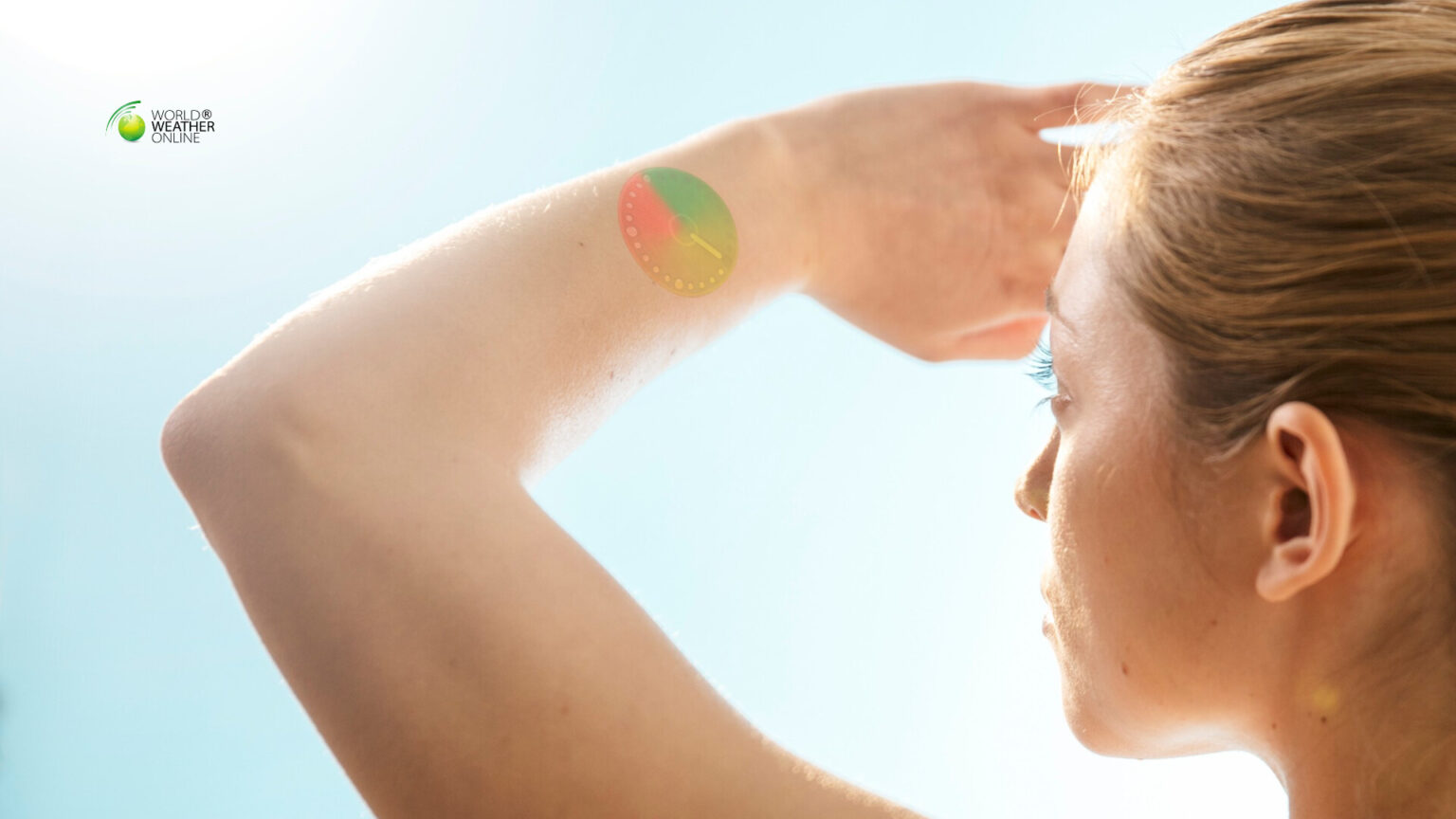Most of us have seen the UV Index listed in daily weather updates but what does it really mean? And why should someone living in London, Bangkok, or Cape Town care about it?
As sun exposure becomes more intense due to climate shifts and ozone depletion, understanding the UV Index has never been more important. It’s a global health concern, not just a beachside warning.
The UV Index is a standardized scale designed to measure the strength of ultraviolet (UV) radiation from the sun. Developed by the World Health Organization (WHO) and adopted by national weather agencies around the world, the scale ranges from 0 to 11+, where higher numbers represent a greater risk of skin and eye damage.
- 0 to 2: Low risk
- 3 to 5: Moderate
- 6 to 7: High
- 8 to 10: Very High
- 11+: Extreme
Unlike temperature or humidity, UV radiation isn’t something you can feel. You won’t know you’re being overexposed until it’s too late. That’s why the index serves as an essential early-warning system.
What Influences UV Levels?
Several factors affect the daily UV Index in a specific location:
- Latitude: The closer you are to the equator, the higher the UV levels.
- Altitude: The thinner the atmosphere (as in high-elevation cities), the greater the exposure.
- Time of Day: UV rays peak between 10 a.m. and 3 p.m.
- Season: Summer months bring stronger UV radiation.
- Ozone Levels: A thinner ozone layer lets more UV rays reach the Earth.
- Cloud Cover: While clouds can block some rays, they often provide a false sense of safety. Up to 80% of UV rays can still pass through.
High UV Regions: Where the Sun Hits Hardest
Some places routinely experience extreme UV conditions. For example, in Australia, the UV Index often exceeds 11+ in the summer. The Andean highlands of Peru and Bolivia, due to altitude and equatorial proximity, are among the highest UV zones on Earth. Similarly, Dubai and Doha face high year-round UV due to desert reflectivity and cloudless skies.
As of July 2025, cities with the highest average daily UV Index include:
- Darwin, Australia: 12
- Quito, Ecuador: 11
- Bangkok, Thailand: 10
- Nairobi, Kenya: 10
- Dubai, UAE: 11
Low UV Zones: Still Worth Watching
Conversely, places like Reykjavik, Toronto, and Stockholm generally have low UV levels in winter. However, don’t be fooled. Even a low UV day in snowy terrain can be dangerous. Snow reflects up to 85% of UV radiation, doubling your exposure. Skiers and mountaineers must be particularly cautious.
Health Risks of Ignoring the UV Index
UV rays can damage skin in as little as 15 minutes. Immediate effects include sunburn and eye irritation. Long-term exposure raises the risk of skin cancer, cataracts, and premature aging.
According to the Skin Cancer Foundation, 1 in 5 people in the U.S. will develop skin cancer by age 70. UV exposure is also linked to corneal sunburn, a painful eye condition that can impair vision temporarily.
Children, the elderly, and people with lighter skin are especially vulnerable, but no one is immune.
Practical Sun Safety Tips for Every Region
Whether you’re hiking in the Alps or lounging in the Maldives, sun safety should be part of your daily routine. Here’s what you can do:
- Check the UV Index Daily: Use free apps or local weather services like the World Weather Online App.
- Apply Broad-Spectrum Sunscreen: Choose SPF 30 or higher, and reapply every two hours.
- Wear Protective Clothing: Long sleeves, sunglasses, and wide-brimmed hats make a big difference.
- Avoid Peak Sun Hours: Seek shade between 10 a.m. and 3 p.m.
- Be Extra Careful Near Water, Snow, or Sand: All reflect UV rays and intensify exposure.
In countries like Australia and New Zealand, public health campaigns such as “Slip, Slop, Slap” have been hugely successful in reducing sun-related illnesses.
Modern Tools and Alerts
Technology has made UV safety easier. Apps like the World Weather Online and the WHO SunSmart Global UV App give real-time data and personalized tips. Smartwatches now come with UV sensors that alert you when levels get dangerous.
Conclusion
The UV Index is more than a weather add-on. It’s a simple yet powerful tool that can protect millions from avoidable harm. As UV radiation intensifies in many parts of the world, being informed isn’t just smart but essential.
Whether you’re a frequent traveler, a parent, or just someone who enjoys a walk in the sun, check the index, take the right precautions, and help others do the same. The sun may give us warmth and light, but it doesn’t always play nice.




